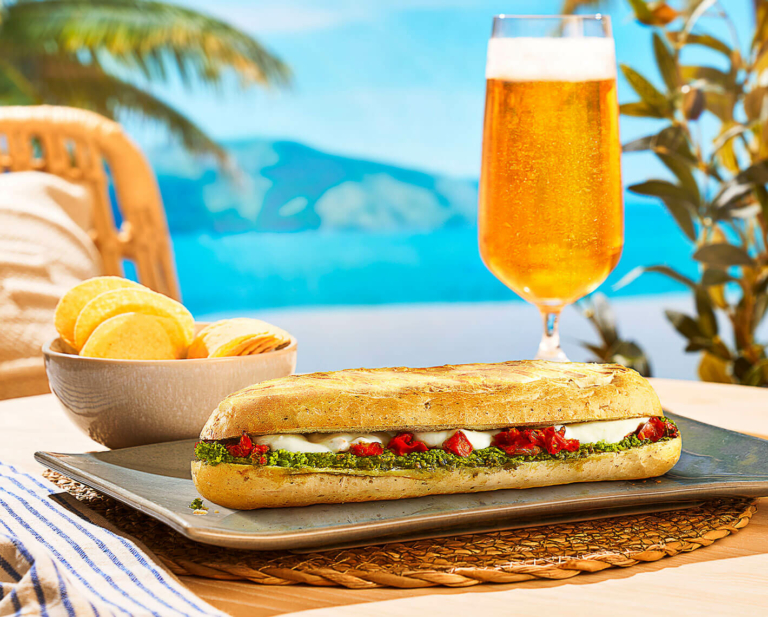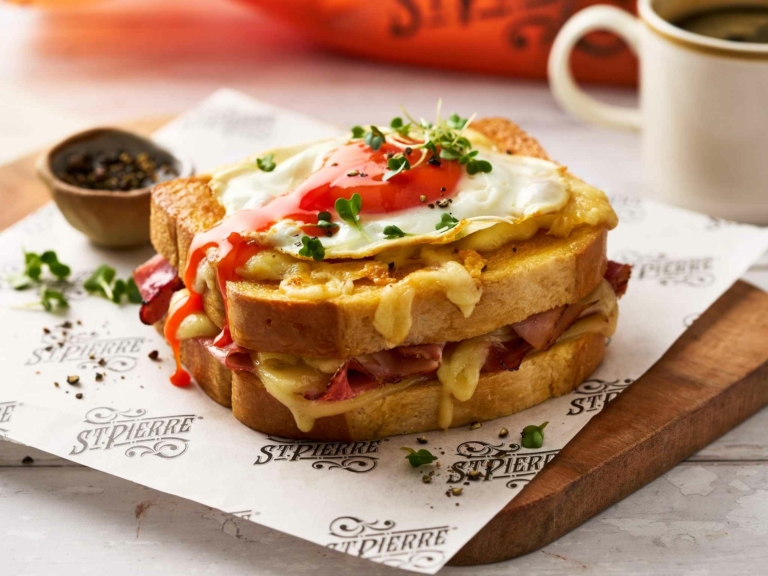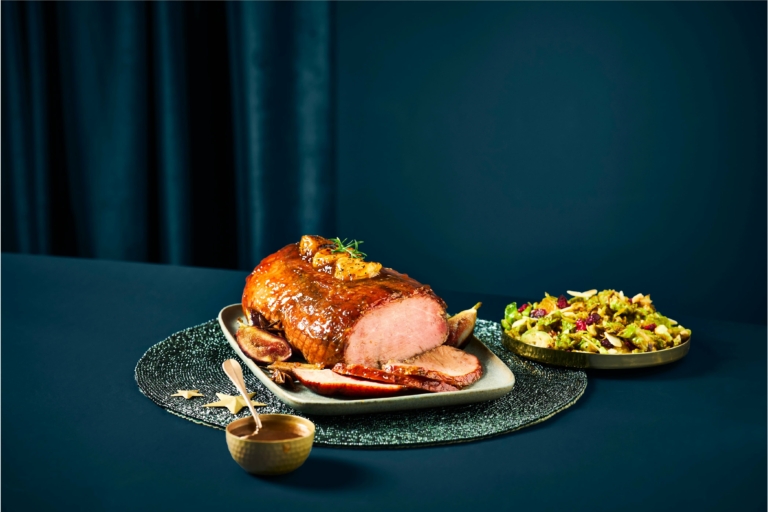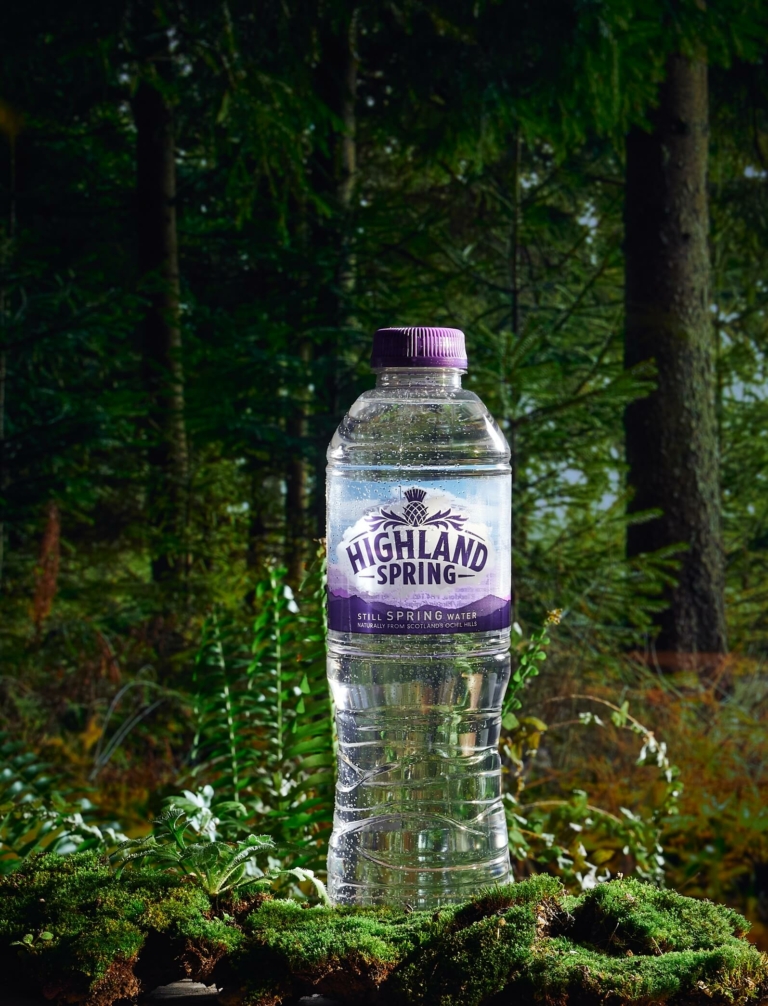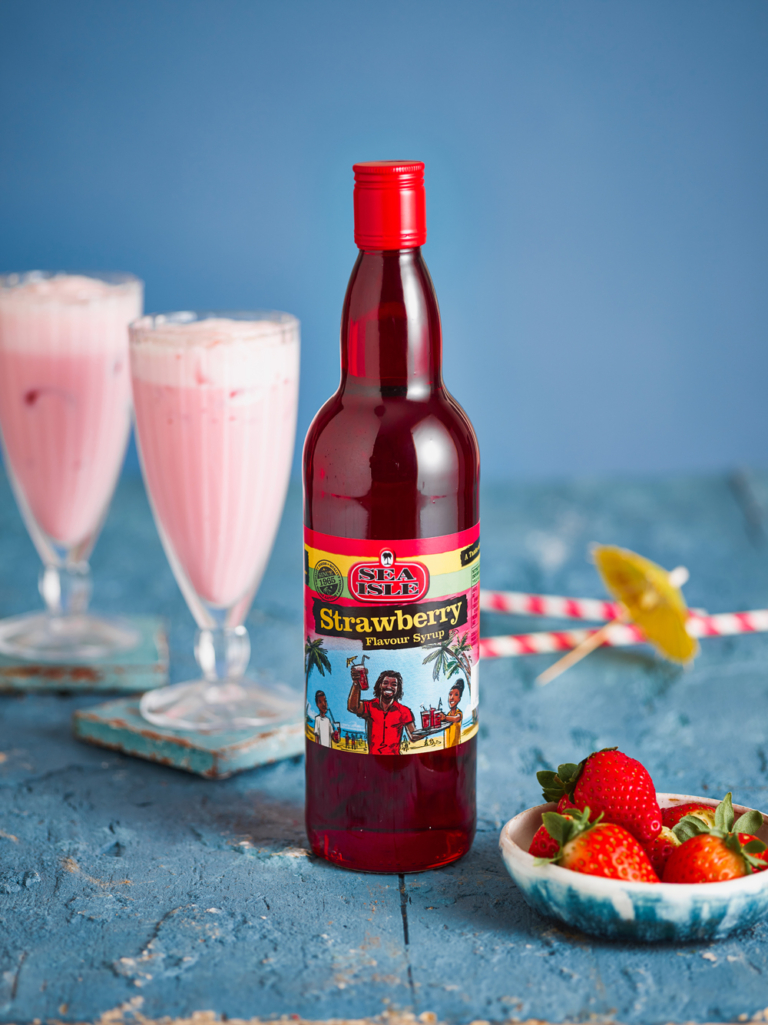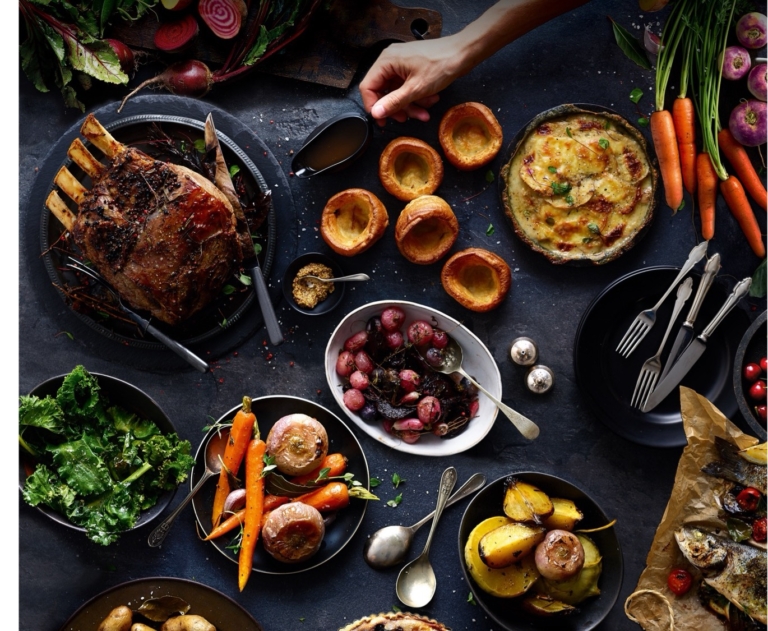
Ethical eating: does it mean that you have to denounce meat?
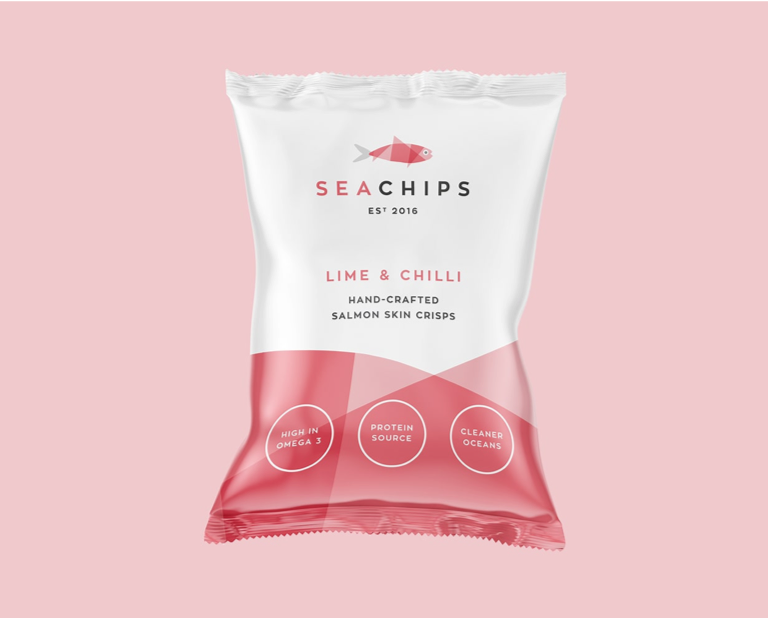
Now if you Google ethical eating it will mostly show articles on denouncing meat!
After researching further in to this, I’m happy to say is what I thought ethical eating was all about has confirmed my thoughts entirely. We certainly don’t need to entirely give up meat (others may have different views on that of course). It really is about making good choices with our food. Making small steps to lessen our meat intake each week – try a vegan meal once a week and maybe two veggie meals, these are amazing steps towards ethical eating.
The definition of ethical eating: eating to moral principles or the branch of knowledge dealing with these.
So with this in mind I decided to take that on board and that I need to make better choices to do with my food.
So, you shouldn’t really be able to buy a whole chicken for £3.50 and with this thought it’s about realising that being able to pay as much as you can afford for food is the correct way of buying. Buy a few pieces of locally reared, organic meat. Choose British vegetables and when it comes to fruit -buy seasonally! Sustainable fish is another great step, maybe try a piece of coley instead of cod – it’s just as wonderful and native to our shores. If you can, buy things locally and without packaging, I have recently started ordering milk from my local milkman which has reduced my plastic waste massively. There is also something wonderfully nostalgic about seeing those glass bottles sitting on the doorstep! All of these steps mean we may be supporting local businesses and reducing air miles by not having things flown in.
Also with this in mind, we should be using all our produce to its fullest for example, why not use vegetable peelings and stems to make a vegetable stock, meat bones or chicken carcass to create meat stocks and fish bones and skins to make a fish stock.
Try to eat leftovers, delicious meals can be created with what’s in the fridge.
If we’ve bought it and committed to having it in the fridge or cupboard let’s make the absolute most of it.
So a friend of mine has the right idea of ethical eating nailed with his business… Sea Chips!
These wonderful crispy delights are made using the skin from salmon, crispy salmon skin is a wonderful thing.
This highlights the full use of the produce as salmon skin is discarded generally without a second thought, when a byproduct is created like stocks for instance, we really are making the most of food to its fullest.
Co-founder Daniel Pawson says:
“Sea Chips are the UK’s first handcrafted salmon skin crisps, using the often wasted nutrient packed skin, we transform them into light, nutritious crisps consisting of three flavours – Lightly Salted, Salt & Vinegar and Lime & Chilli. We then donate 10% to ocean charities to help keep the sea clean
The idea for sea chips came about when myself and my business partner were working as chefs, and and we would throw away the salmon skins, so instead we started to crisp them up separately and garnish the dishes with them. Customers loved them and encouraged us to sell them so eventually we did. When we did more research we found that the salmon skin are incredibly healthy. We launched with Whole Foods & Harrods. We had also been covered in everything from VICE, Forbes, The Metro, Daily Mail, Dragons’ Den and Sunday Brunch!”
There are many ways to create engaging food and drink videography, and luckily, we have the facilities to help you do so. Contact the team and we’ll have a chat to see what works best for your brand, products, and strategy.
Contact usSee more insights
All the insights you need to drive your marketing strategy and communications.
